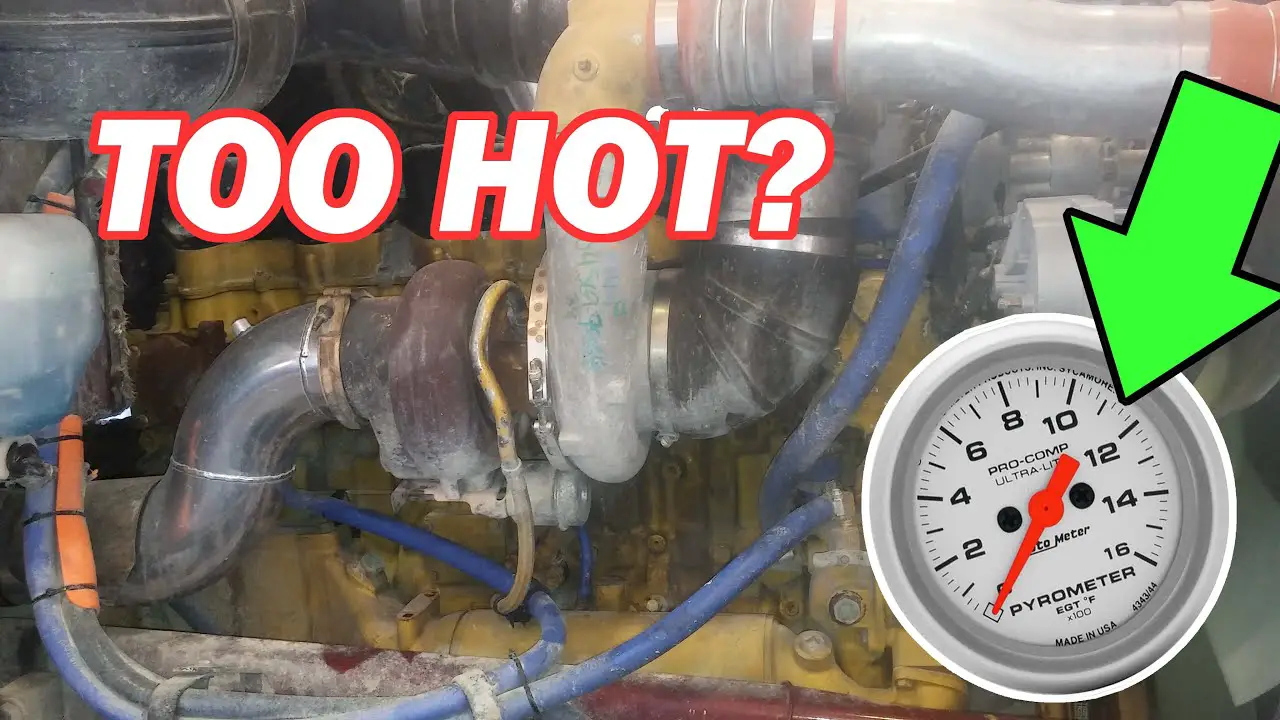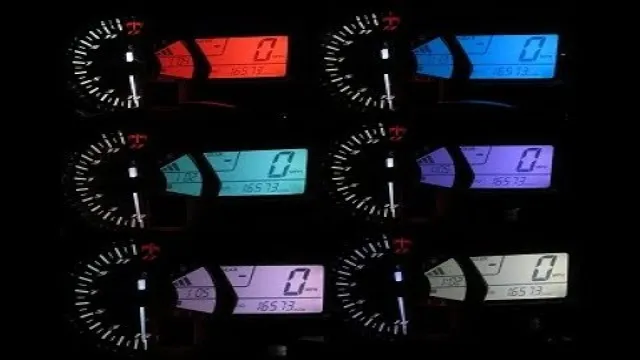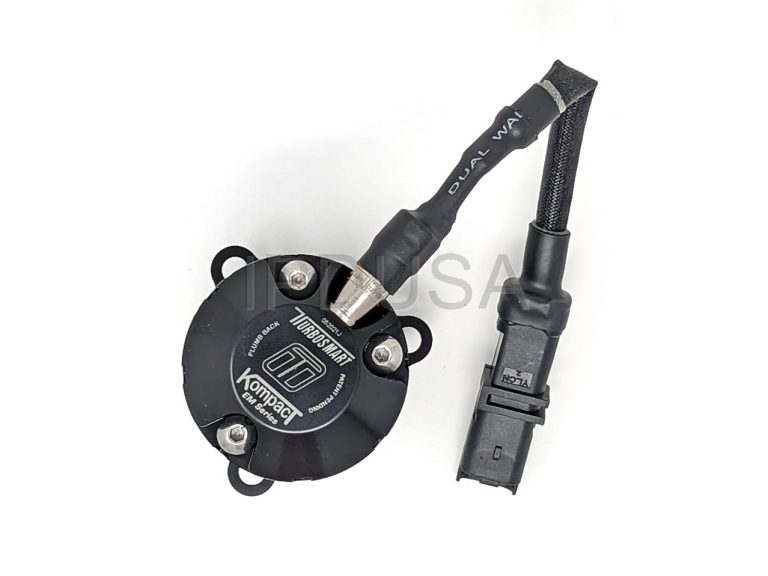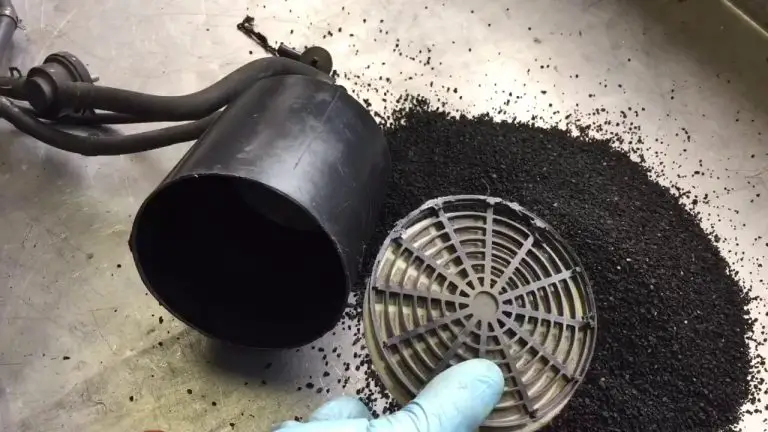How to Fix High Exhaust Temperature International Truck
Dealing with a high exhaust temperature in your International truck can be a concerning issue. However, with the right knowledge and steps, you can effectively diagnose and resolve this problem. High exhaust temperatures can lead to engine damage and reduced performance if not addressed promptly. In this guide, we’ll discuss the common causes of high exhaust temperatures in International trucks and provide you with practical solutions to fix this issue.
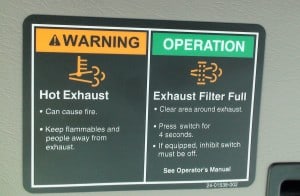
Credit: www.traceyroad.com
Common Causes of High Exhaust Temperature
Before diving into the solutions, it’s important to understand the potential causes of high exhaust temperature in your International truck. By identifying the root of the problem, you can implement targeted fixes to resolve the issue effectively.
1. Clogged Or Restricted Exhaust System
A clogged or restricted exhaust system can lead to a buildup of heat, causing high exhaust temperatures. Common culprits include a blocked diesel particulate filter (DPF), damaged catalytic converter, or a restricted exhaust pipe. These components play a critical role in managing exhaust gases, and any obstruction can result in elevated temperatures.
2. Fuel System Issues
Issues within the fuel system, such as a malfunctioning fuel injector or a restricted fuel filter, can disrupt the proper air-fuel mixture and combustion process. This imbalance can lead to increased exhaust temperatures as the engine works harder to compensate for the fuel inefficiencies.
3. Engine Timing Problems
Incorrect engine timing, whether it’s related to the ignition timing or the valve timing, can contribute to high exhaust temperatures. When the timing is off, the combustion cycle is disrupted, resulting in excessive heat being expelled through the exhaust system.
4. Turbocharger Malfunction
A malfunctioning turbocharger can cause an imbalance in the air intake, leading to incomplete combustion and elevated exhaust temperatures. Issues such as a worn-out turbo impeller or a leak in the turbo housing can contribute to this problem.
Steps to Fix High Exhaust Temperature
Now that we’ve identified the potential causes, let’s explore the steps you can take to fix high exhaust temperature in your International truck.
1. Inspect The Exhaust System
Start by visually inspecting the exhaust system for any signs of blockages or restrictions. Check the diesel particulate filter, catalytic converter, and exhaust pipes for debris or damage. If any components appear to be compromised, they may need to be cleaned or replaced to allow for proper exhaust flow.
2. Perform A Fuel System Check
Conduct a comprehensive check of the fuel system, including the fuel injectors, fuel filters, and fuel lines. Look for any clogs or malfunctions that may be impeding the proper delivery of fuel to the engine. Address any issues found and replace any faulty components as necessary.
3. Verify Engine Timing
If you suspect engine timing issues, it’s essential to verify and adjust the timing as needed. Consult your International truck’s service manual for guidance on checking and adjusting the ignition and valve timing. Ensuring proper engine timing is crucial for optimizing combustion and reducing exhaust temperatures.
4. Check The Turbocharger
Inspect the turbocharger for any signs of wear or damage. Check for leaks in the housing and ensure that the impeller is functioning correctly. If any issues are detected, consider rebuilding or replacing the turbocharger to restore proper air intake and combustion processes.
5. Monitor Exhaust Gas Temperature (egt)
Invest in an exhaust gas temperature (EGT) monitoring system to continuously track and analyze the exhaust temperatures. This will allow you to identify any irregularities and take proactive measures to prevent excessively high temperatures in the future.
Frequently Asked Questions On How To Fix High Exhaust Temperature International Truck
Q: What Causes High Exhaust Temperature In International Trucks?
A: High exhaust temps can be caused by a faulty turbo or clogged exhaust system.
Q: How To Identify High Exhaust Temperature Issues In International Trucks?
A: Look for warning lights, loss of power, or unusual exhaust smoke.
Q: What Are The Potential Risks Of High Exhaust Temperature In International Trucks?
A: High temp can lead to engine damage, reduced performance, and safety hazards.
Q: What Steps Can Be Taken To Fix High Exhaust Temperature In International Trucks?
A: Perform regular maintenance, check for leaks, and consult a mechanic if needed.
Conclusion
Addressing high exhaust temperature in your International truck requires a systematic approach to diagnosing and resolving the underlying issues. By conducting thorough inspections of the exhaust system, fuel system, engine timing, and turbocharger, you can effectively mitigate elevated exhaust temperatures and ensure the optimal performance and longevity of your truck’s engine.
Remember to refer to your International truck’s service manual for specific guidance on troubleshooting and repairing high exhaust temperatures. If you encounter complex issues that require professional expertise, don’t hesitate to seek assistance from qualified mechanics or technicians with experience in International truck maintenance.

